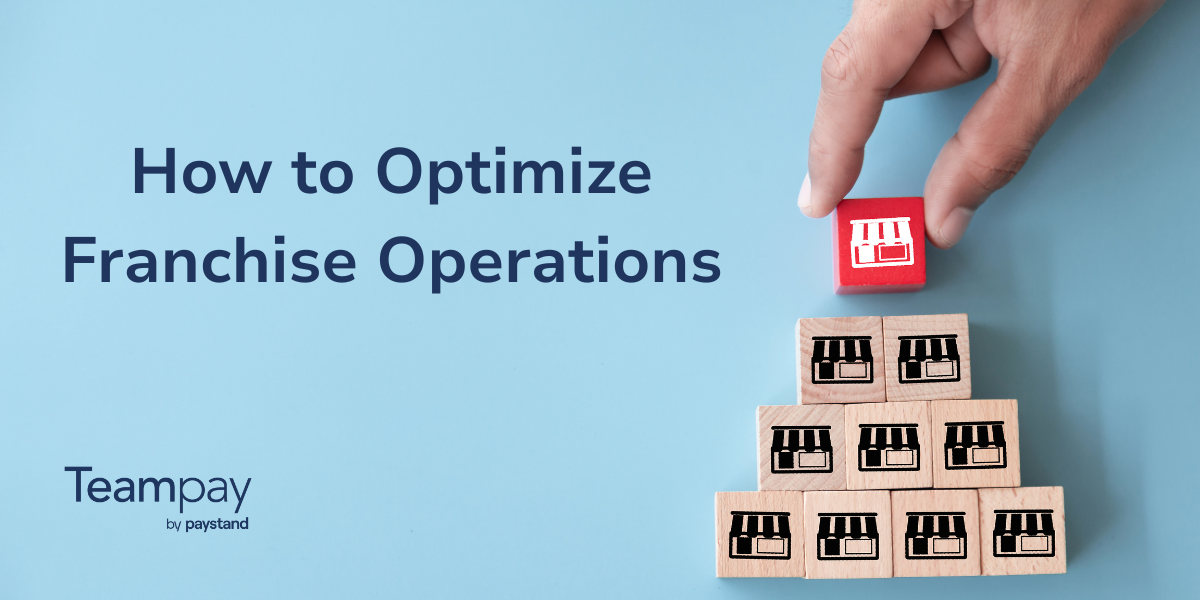Table of Contents
Agile Manifesto for Finance: Key Takeaways
- The Agile Manifesto is a software development framework that can easily be applied across disciplines, including finance.
- This approach to work empowers finance teams to create efficient processes and streamline decision making.
- Agile is a mindset that enables finance professionals to leverage technology like accounting automation and finance automation more effectively.
Over the last decade, many operational processes have seen a shift towards automation and modernization to meet the needs of today. By shifting their focus around new methodology, employees’ efficiency and productivity has increased.
One example of this evolution comes from the area of software development. The concepts of Agile Software Development, outlined in the Agile Alliance’s Agile Manifesto, have completely transformed the way engineers operate—and finance professionals should take note.
Although it was written to support software practitioners, agile methodology has many applications to the finance function. By emphasizing rapid decision making, collaboration, and customer satisfaction, the agile principles serve as guidance for finance teams to empower other departments and deliver strategic insights to business leaders.
What is Agile Manifesto: The Four Agile Manifesto Values
As we dig into applying Agile to financial processes, it’s critical to keep in mind the four values:
- Individuals over processes and tools.
- Working software over comprehensive documentation.
- Customer collaboration over contract negotiations.
- Responding to change over following a plan.
We can surmise that agile is best applied when centering people. This can be your finance team, your vendors, and your customers. Through a human-centric approach, it’s possible to hardness and optimize your processes and technology.
Does the Agile Manifesto Address Planning?
Agile is unique in that it emphasizes adaptation to change over rigid plans. This approach is especially new for accounting and finance, which deals with hard numbers. However, it does not discount planning. Instead, the agile framework highlights the importance of having a flexible mentality when responding to challenges and opportunities.
The Agile Principles Through a Finance Lens
Of the twelve Agile Principles, there are five that are particularly relevant for finance teams. The language has been adjusted slightly to clarify its application for the finance function.

1. Our highest priority is to satisfy the customer through early and continuous delivery
Customers are happiest when they receive working software on a regular basis, rather than waiting long intervals between product releases. Agile software developers have adjusted their release schedules accordingly.
For finance teams, the key phrase here is “early and continuous delivery.” Implementing processes that proactively solve challenges and evolve with changing business needs increases satisfaction for everyone involved, whether it be a customer, junior employee, or C-suite executive.
Encoding corporate policy in software, and continuously updating it as the policy evolves, means that employees are proactively given the most up-to-date information, without having to reference a lengthy, outdated, or inaccessible document.
2. Finance teams and non-finance teams must work together on a regular basis
The original agile software principle, “Business people and developers must work together daily throughout the project,” means that better decisions are possible when the business team and developers are aligned.
Similarly, finance teams can enable better decision-making when they do not operate in silos. Open communication between finance team members and employees outside of finance enables both parties to get the information they need quickly and without friction.
Lack of communication equals lack of transparency. When employees make purchases in silos, finance teams don’t become aware of all the transactions that have taken place until expense reports and corporate credit card statements come in at month end. Real time visibility allows finance to consolidate duplicate purchases, renegotiate prices, and investigate fraud and out-of-bounds spending as soon as it happens.
3. Agile processes promote sustainable development. Executives, finance teams, and non-finance employees should be able to maintain a constant pace indefinitely.
Software developers strive for consistency and adhere to a regular release schedule that can be repeated forever with each new development.
Finance teams must also be able to replicate work processes and execute quickly, even as the company changes. This principle is especially relevant in today’s business landscape, which has just undergone an unprecedented shift to remote work.
Automating the purchasing workflow makes it scalable and sustainable through, and allows the finance team to keep focusing on strategic analysis through whatever the market throws at them.
4. Simplicity—the art of maximizing the amount of work not done—is essential.
The goal of software engineers isn’t to develop more software. It’s to maximize the impact of what they build, which means identifying and eliminating projects that don’t add value.
Finance teams can promote simplicity by focusing on strategic, high-value tasks over low-impact manual work. Recent research by AICPA and Oracle found that 67% of agile finance teams spend more than half of their time on forward-looking analysis, compared with just 45% of others.
On a related note, identifying software that will give the most value with little implementation and training also increases the finance department’s simplicity. Finding solutions that are easy to adopt and quick to yield results frees finance to focus on supporting the wider business.
5. Build projects around motivated individuals. Give them the environment and support they need, and trust them to get the job done.
When software teams have systems in place to communicate on a regular basis, hold decision-making power, and take product or feature ownership, they’re more likely to create quality products.
The same is true for all employees. Workers who hold decision-making power around the processes and tools they use to do their jobs are more motivated and successful. Embracing distributed spending reduces the unnecessary friction and bureaucracy that slows employees down.
By providing all employees with smart, policy-driven access to company spend, finance teams can empower their workforce to buy the things they need to succeed, while still ensuring that no one spends out of bounds or over budget.
Proactively apply agile principles to financial operations
According to the Oracle and AICPA study mentioned above, 95% of agile finance leaders report revenue growth versus only 70% of other leaders. And it’s not just statistics that reflect agile success.
Sean Berrington, CFO at Group Technology at Standard Bank Group, says that before his finance team adopted agile principles, their numbers were volatile, requiring hands-on management every day to ensure numbers were accurate at the end of the month.
Implementing agile principles made a world of difference: “Eight months after the adoption of some core principles, we saw more engaged and empowered teams, who took greater ownership for the production of reliable numbers,” Berrington says. He cites visualization of the work, clear communication, and giving ownership to employees as three key factors for his finance team’s agility.
Tony Klimas, Global Finance Practice Leader at EY recommends that finance leaders “look for innovative technology providers that are on the cutting edge of new thought, but who can also show a track record of success, with a focus on helping customers become more agile, insightful, and cost-effective.”

The traditional way of doing things doesn’t cut it in today’s ever-changing world. By applying agile principles to finance operations, finance teams can make smarter decisions faster and emerge as strategic partners, even during uncertain economic times.
And the best way to start is to give your finance team the tools they need to collaborate and adapt. The right spend management software offers a starting point for upgrading your operations.
Learn more about how Teampay can help you go agile and book your demo today.












